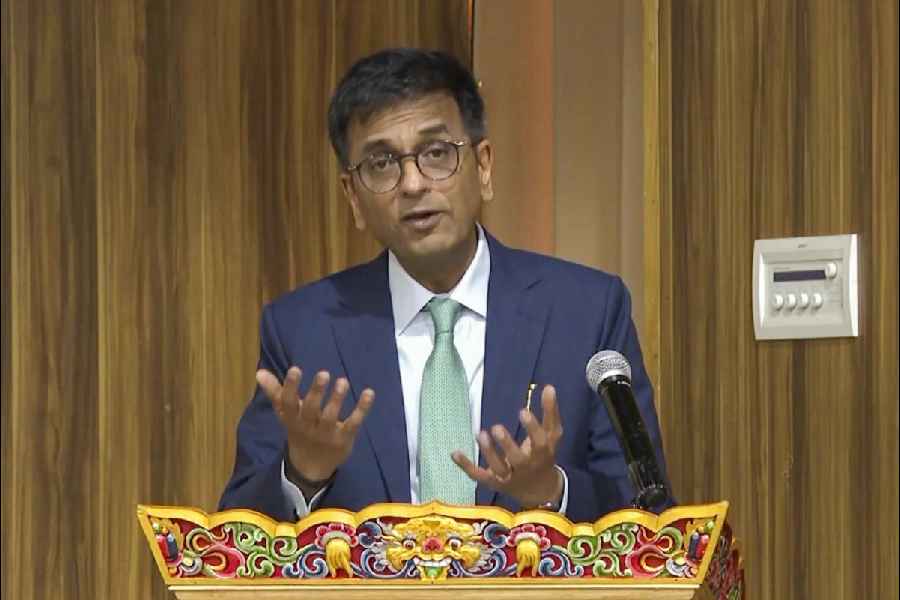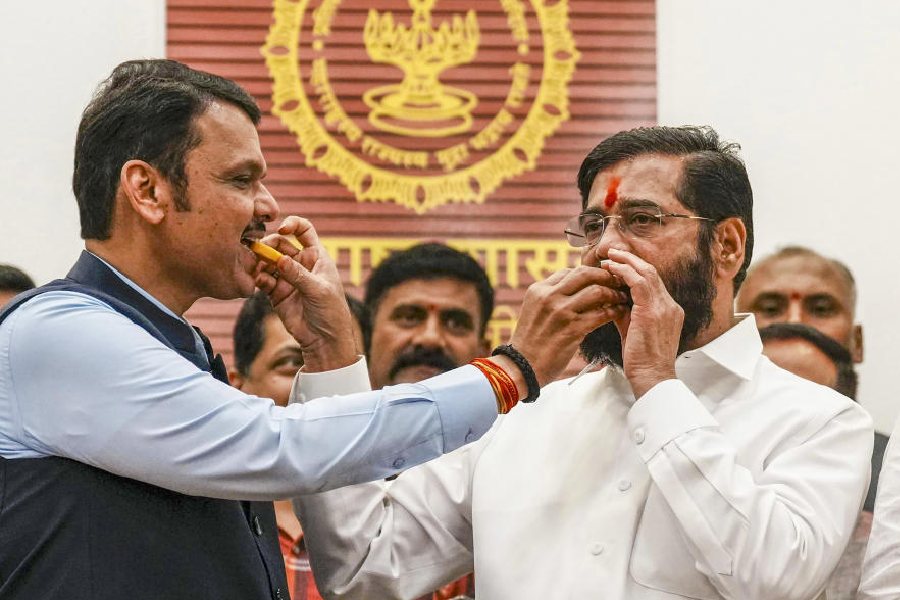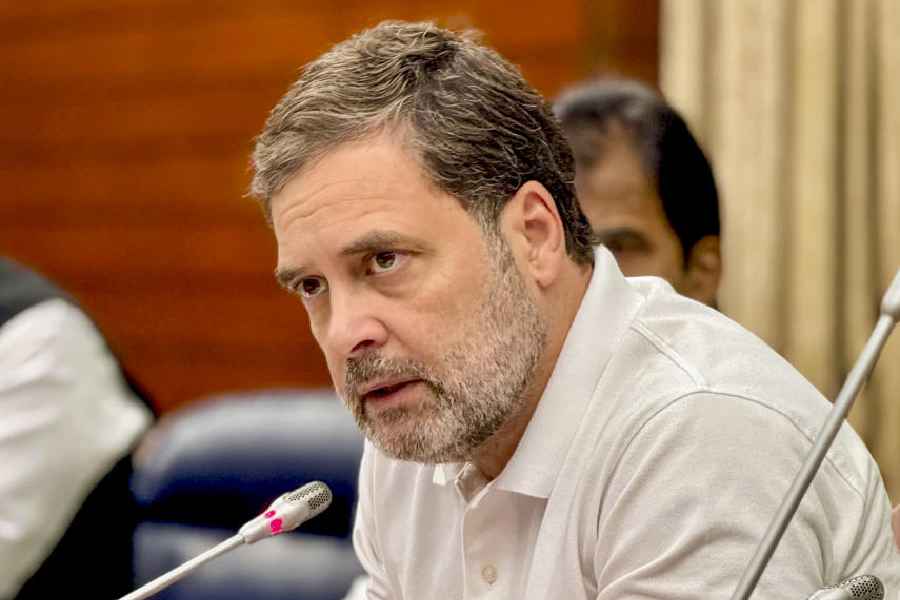The Supreme Court by an 8:1 majority on Tuesday ruled that the government has no absolute right to nationalise all private properties, holding that such assets cannot form part of the “material resources of the community” that the states can take over for distribution to serve the “common good”.
The constitution bench, however, held that the government has the power to acquire private “material resources” to subserve the “common good” of the society on a case-to-case basis.
The majority view authored by Chief Justice of India D.Y. Chandrachud drew flak from Justices B.V. Nagarathna and Sudhanshu Dhulia who questioned the CJI’s judicial propriety in undermining the views of Justices V.R. Krishna Iyer and O. Chinnappa Reddy who had in 1977 and 1982, respectively, held that all private resources were subject to nationalisation.
Tuesday’s judgment, spanning over 429 pages, was passed by the bench while interpreting Article 39(b) of the Constitution relating to the Directive Principles. The Article exhorts the State to utilise both public and private “material resources” for the common good.
On Tuesday, CJI Chandrachud and the majority of the judges observed: “The direct question referred to this bench is whether the phrase ‘material resources of the community’ used in Article 39(b) includes privately owned resources.
“Theoretically, the answer is yes, the phrase may include privately owned resources. However, this court is unable to subscribe to the expansive view adopted in the minority judgment authored by Justice Krishna Iyer in Ranganatha Reddy and subsequently relied on by this Court in Sanjeev Coke. Not every resource owned by an individual can be considered a ‘material resource of the community’ merely because it meets the qualifier of ‘material needs’.”
The majority view said the enquiry on whether a resource fell within the ambit of “material resource of the community” must be based on the nature and characteristics of the resource and its impact on the well-being of the community, the scarcity of the resource and the consequence of such a resource being concentrated in the hands of private players.
The CJI said Justice Iyer had adopted the view that an individual was a member of the community and, therefore, all his resources were part of the community.
According to Justice Iyer, if privately owned resources are excluded from the ambit of Article 39(b), it would defeat the underlying purpose of the provision, which is the redistribution of wealth. He clarified that not only private “means of production” but also “private resources” are included within the fold of Article 39(b).
CJI Chandrachud on Tuesday observed: “This court must not tread into the domain of economic policy or endorse a particular economic ideology while undertaking constitutional interpretation. To hold that the term ‘distribution’ cannot encompass the vesting of a private resource would amount to falling into the same error as the Justice Krishna Iyer doctrine, i.e. to lay down a preference of economic and social policy.”
According to Article 39 of the Constitution: “The State shall, in particular, direct its policy towards securing… that the ownership and control of the material resources of the community are so distributed as best to subserve the common good.”
“The term ‘distribution’ has a wide connotation. The various forms of distribution which can be adopted by the state cannot be exhaustively detailed. However, it may include the vesting of the resources concerned in the state or nationalisation. In the specific case, the court must determine whether the distribution ‘subserves the common good’,” the apex court said.
Those who agreed with the views of the CJI were Justices Hrishikesh Roy, J.B. Pardiwala, Manoj Misra, Rajesh Bindal, Satish Chandra Sharma and Augustine George Masih.
The majority view has included a wide range of resources under “material resources of the community” and falling within the ambit of Article 39(b). “These include housing, contract carriages, land, coke oven plants, assets of sick textile undertakings, drugs, electricity, capital licences for felling bamboos, refractory plants, grant of dealerships of petroleum products, mines and minerals, mining lease, refund of excise, natural gas and the grant of natural resource,” the CJI observed.
“There are various forms of resources, which may be privately owned, and inherently have a bearing on ecology and/or the well-being of the community. Such resources fall within the net of Article 39(b). To illustrate, non-exhaustively, there may exist private ownership of forests, ponds, fragile areas, wetlands and resource-bearing lands. Similarly, resources like spectrum, airwaves, natural gas, mines and minerals, which are scarce and finite, may sometimes be within private control,” he added.











